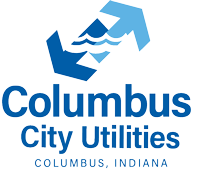What about inspecting the grease traps and interceptors?
There is a 25% standard rule for determining acceptable levels of waste that accumulate in your grease trap or interceptor. This means when the trap or interceptor has accumulated waste accounting for 25% of its wetted depth, the device needs to be cleaned. Businesses may find that preventing FROG from entering their plumbing systems and [...]
